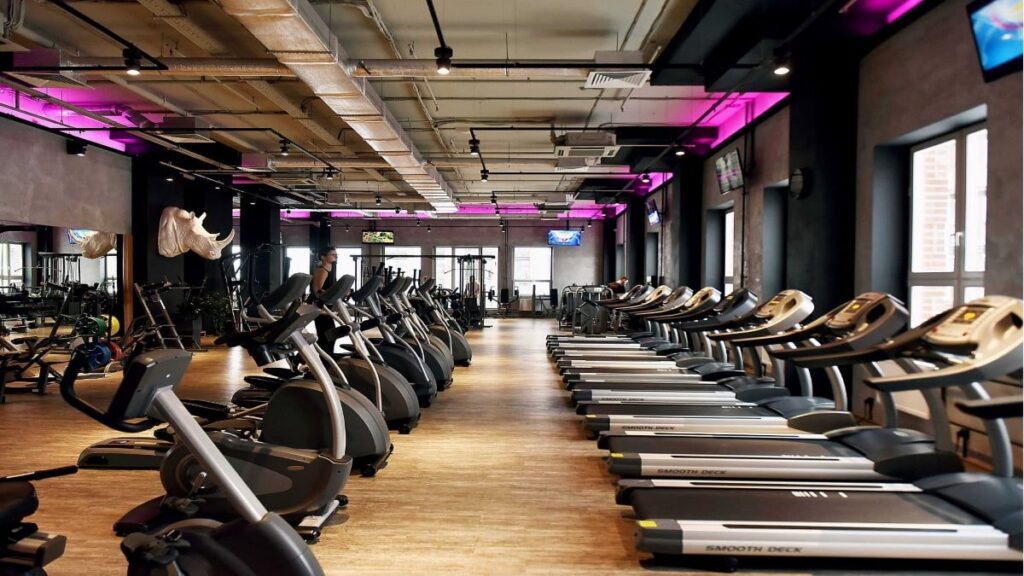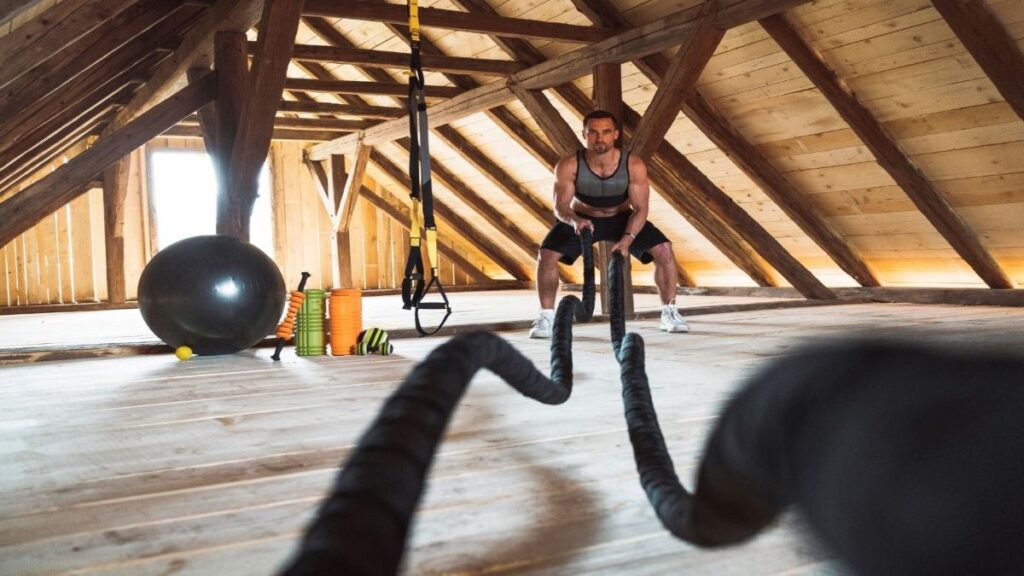The Joy of Nordic Skiing: A Journey into the Heart of a Winter Classic
Cross-country or Nordic skiing is more than a beloved winter sport – it’s a tradition etched deep into Scandinavian culture. This fascinating activity offers more than a cardio workout set amidst snow-laden landscapes; it presents a rewarding challenge demanding a blend of strength, stamina, and skill. Standing apart from other winter sports, Nordic skiing invites you to experience winter’s beauty uniquely and compellingly.
Table of Contents
Tracing the Nordic Skiing Trail
Cross-country skiing has its origins intertwined with the evolution of human civilization itself. Ancient dwellers of present-day Norway and Sweden crafted basic skis to travel across the severe winter terrain. Skiing began as a mode of transport and survival, transforming over centuries into a recreational pursuit and later into a recognized sport.
The historic journey of skiing reached a milestone with the first recorded race in Norway in 1842. Nordic skiing’s stature rose further when it was included as one of the inaugural sports in the Winter Olympics of 1924. Since that time, its popularity has spread globally.

The Tools of the Trail: Equipment for Cross-Country Skiing
In comparison to other winter sports, the gear needed for cross-country skiing is both practical and minimalist. The equipment, which includes skis, poles, boots, and bindings, is specifically designed and tailored to the unique aspects of the discipline.
- Skis: The design of cross-country skis greatly differs from those used in downhill skiing. They are typically lighter, more elongated, and slimmer, features that contribute to an efficient and long-lasting glide across vast snowy landscapes. The length and weight of the skis help reduce friction, while their slender shape helps skiers navigate a variety of terrain, making them perfect for the sport’s demands.
- Boots and Bindings: The boots for cross-country skiing are built for comfort, keeping in mind the long distances that a skier covers. They usually have a free-heel design, offering flexibility and a more natural movement. The bindings, meanwhile, are what hold the boots to the skis. They are designed in such a way as to let the heel lift off the ski, a movement that is fundamental to the Nordic skiing technique.
- Poles: Poles for cross-country skiing are typically longer than those used for downhill or alpine skiing. The additional length is crucial as it provides further propulsion, which is necessary for the flat and uphill sections of a cross-country trail. Furthermore, the poles also serve as a balance aid for the skier, help to establish a rhythm and assist with acceleration when necessary.
In essence, the unique characteristics of cross-country skiing gear are designed not just for functionality but also for performance optimization in a sport that relies heavily on personal stamina and technique.
Mastering the Glide: Techniques of Cross-Country Skiing
Nordic skiing primarily utilizes two techniques – the classic and the skate.
- Classic Technique: This style resembles walking or running, with skiers maintaining parallel skis while advancing. The skis follow a forward-backward movement within set snow tracks.
- Skate Skiing: As the name implies, this technique echoes ice-skating movements. Skis are pushed apart at an angle, offering speed at the cost of increased physical demand.
Reaping the Nordic Rewards: Health Benefits
Nordic skiing serves as a comprehensive workout, engaging all the significant muscle groups in the body.
- Cardiovascular Benefits: Inherent to its vigorous nature, Nordic skiing elevates heart rate and facilitates blood oxygenation, culminating in excellent aerobic exercise. Consistent participation can boost overall heart health and diminish the potential risk of cardiovascular disorders.
- Enhanced Muscular Strength: The sport demands constant exertion from both arms and legs, thereby augmenting muscle strength. Simultaneously, core muscles are activated to maintain equilibrium, fostering better physical stability overall.
- Improved Balance and Flexibility: The sport compels harmonious coordination between the movements of the upper and lower body, refining the skier’s agility and coordination. The involved range of motion also betters joint flexibility.
- Stamina Building: Given that Nordic skiing often involves covering lengthy distances, it naturally bolsters endurance. Routine practice can enhance a skier’s stamina, simplifying other physical exertions over time.
- Universal Accessibility: A standout advantage of Nordic skiing is its low-impact essence. It exerts minimal stress on joints, rendering it appropriate for all fitness levels and ages. From youngsters to the elderly, the sport is enjoyable and advantageous for everyone.

Mental Benefits
Nordic skiing, beyond its numerous physical benefits, also offers considerable mental and emotional rewards. Here are some notable psychological advantages that accompany this winter sport:
- Alleviation of Stress: The sport of Nordic skiing effectively combats stress. The pairing of vigorous exercise and natural surroundings can trigger the secretion of endorphins, the body’s natural feel-good hormones. This can lead to a serene, joyful sensation, akin to the ‘runner’s high’ often experienced by endurance athletes.
- Enhanced Concentration and Focus: Precision, coordination, and concentration are critical for the sport. Gaining control over balance and rhythm can hone a skier’s focus, applicable both during the sport and in other life activities.
- Uplifted Self-Esteem and Confidence: The process of learning and gradually excelling at a new skill can bolster one’s confidence and self-esteem. As skiers hone their techniques and manage to ski longer distances, they often feel a sense of accomplishment, fostering a positive self-perception.
- Fostered Mental Resilience: The challenges posed by cross-country skiing, especially when dealing with long distances or tough terrains, can help build mental toughness. Overcoming these hurdles can enhance mental resilience, which is a valuable asset in other aspects of life.
- Connection with Nature: The experience of being in the open air, amidst a snowy landscape, can be therapeutic. It offers a retreat from the digital world, fostering a closer connection with nature, which has been proven to uplift mental health.
- Encouraged Social Interaction: While Nordic skiing can be a solitary activity, it often has a social aspect to it. Whether it involves skiing with friends or joining a club, social interactions can greatly enrich the enjoyment of the sport and positively impact overall mental health.

Conclusion
Cross-country skiing, with its simplicity and inherent connection with winter wilderness, exudes a unique charm. It’s rich history and health benefits craft a rewarding narrative for those ready to embark on this journey. Whether you seek tranquility, a fitness challenge, or a competitive spirit, Nordic skiing could be your perfect winter retreat.
Read Also:




